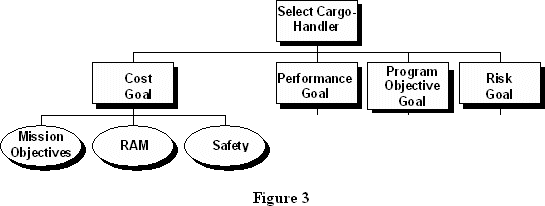In an effort to reduce risk and boost the productivity of material handling crews, the U.S. Army investigated the use of robotics to perform many of the dangerous and labor-intensive functions normally undertaken by enlisted personnel. The system that was in place utilized three different-sized rough terrain forklifts capable of handling 4000, 6000, and 10,000 pounds each.. These could at best reach speeds of 20mph, which meant that they are not self deployable (i.e., a forklift cannot keep pace with a convoy on most surfaces). A second problem relates to the safety of the crew.
In order to overcome these deficiencies as well as to improve crew productivity, a heavy-duty cargo-handling forklift was needed. This equipment should be capable of operating in rough terrain, in extreme conditions and be able to travel over paved roads at speeds in excess of 40mph. To satisfy the system objectives, either an improvement in an existing system, a modification of a commercial system, or an adaptation of available technology had to be made.
Taking into account mission objectives, three alternatives, as defined below, were identified and ranked using Multi-Attribute Utility Theory:
- Baseline: The existing system with a new 6000-pound variable reach vehicle.
- Upgraded system: The baseline upgraded to be self-deployable.
- USDCH: A teleoperable, robotic-assisted Universal Self-deployable Cargo-handler with microcooling for the protective gear, and the potential for full autonomy.
The intent was to determine the strengths and weaknesses of each alternative, and to characterize the conditions under which one might be more appropriate than another. The evaluation team consisted of five program managers and engineers. In evaluating the three alternatives, an objective hierarchy (see Figure 3) that contained four sub-
objectives and twelve attributes was created. The overall goal was to select a "next generation" cargo-handler. The assessment began with a series of questions designed to probe each decision maker's risk attitude over the range of possible outcomes.

Figure 3
The results of the analysis indicated that the group had a modest preference for the USDCH over the baseline. It was recommended that work continue on the development of the basic USDCH technologies.



